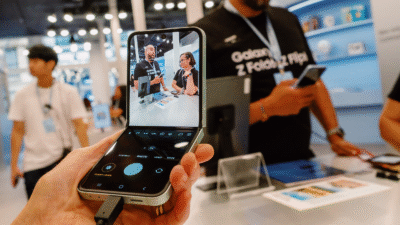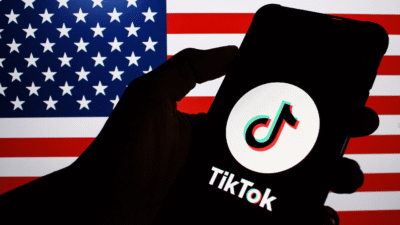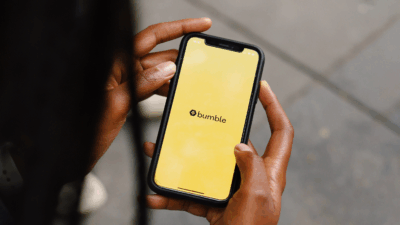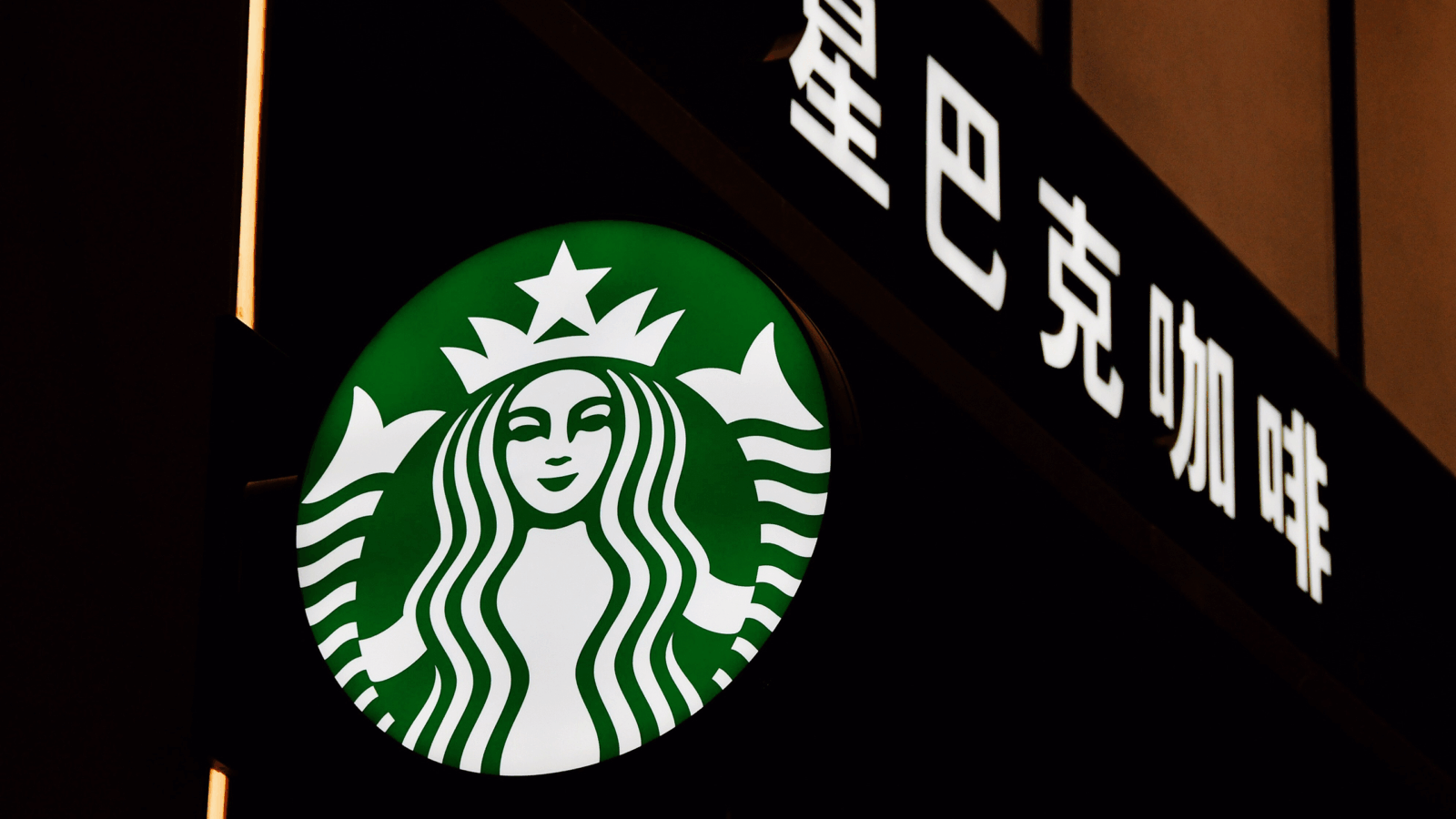TikTok’s US Data Safeguards Are a $1.5 Billion Money Pit
The company finally revealed how much it’s spending to silo off Americans’ data. We just don’t know how well it works.
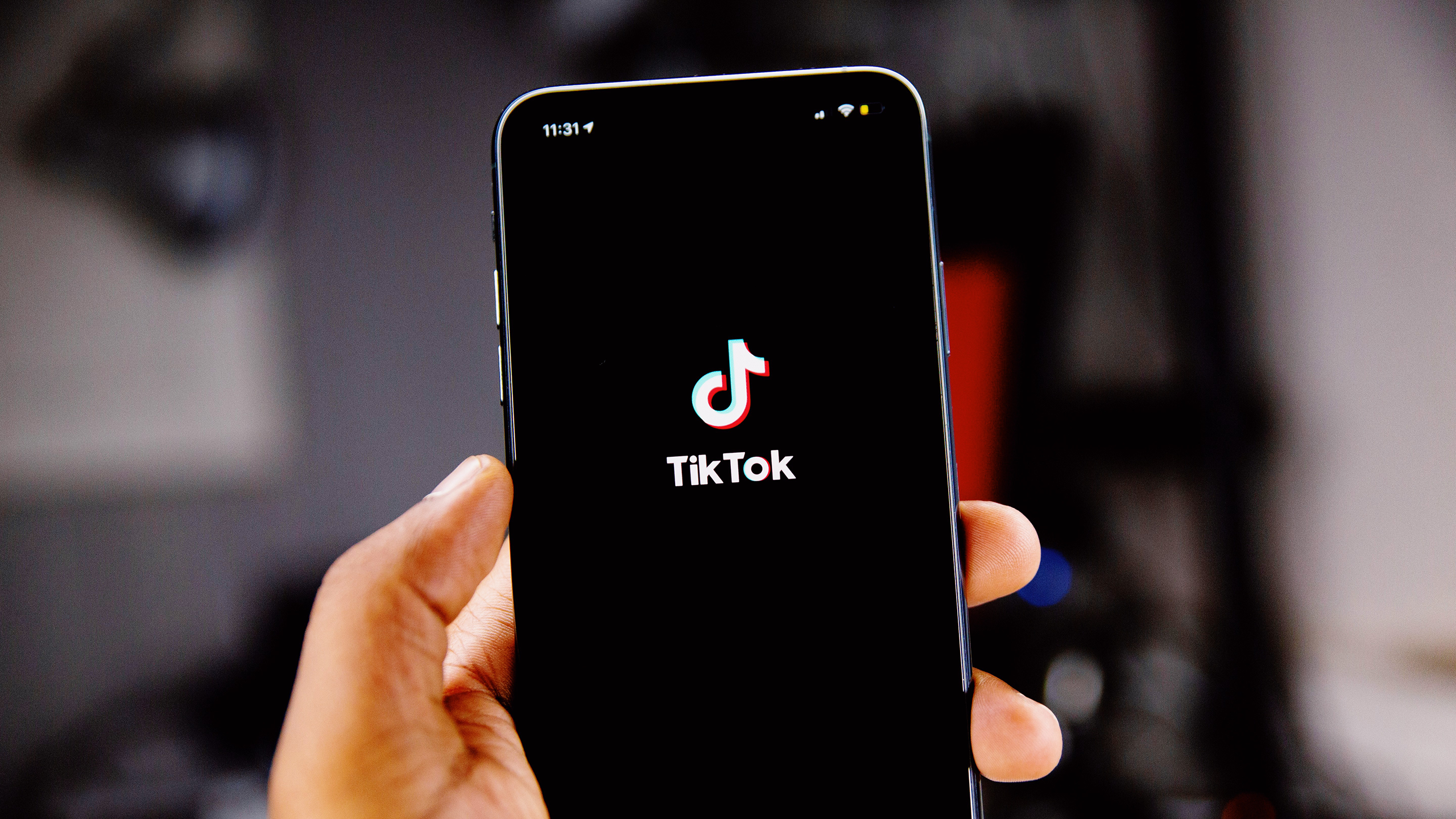
Sign up for smart news, insights, and analysis on the biggest financial stories of the day.
To keep Congress from blowing a lid, TikTok parent company ByteDance promised to keep US user data inside the country so that the Chinese government couldn’t access it. Despite spending billions, the short-form video giant hasn’t exactly created Fort Knox, The Wall Street Journal reported on Tuesday.
Texas Hold ‘Em
TikTok struck a deal way back in the mists of 2020 to store US user data with Texas-based Oracle. But US lawmakers never entirely shed their fear that TikTok could be leaking data to China, and last year their suspicions seemed justified: a former ByteDance employee testified that the Chinese Communist Party was accessing TikTok data, though he provided no evidence.
TikTok has poured $1.5 billion into its US data storage operation, codenamed Project Texas, but employees there seem to simultaneously lack clarity about ByteDance’s workings, while also living in fear that ByteDance has more access than it should:
- Sources told the WSJ that Project Texas struggles to keep up with the algorithm changes that ByteDance makes to the TikTok app to help avoid user problems.
- Meanwhile, the sources said they are sometimes asked by managers to share information with employees at ByteDance outside official channels. There are even concerns about office hardware, as sources said they were promised laptops with in-house Project Texas software, but those were slow to arrive.
Project Texas management seems to be aware of some of the confusion, as it sent out a memo last month reassuring staff that new communication tools with the broader ByteDance team were on the way.
Retail Therapy: While Project Texas might be a drag on TikTok’s balance sheet, the app is still figuring out how to break into the e-commerce market to monetize its large and addicted user base. Bloomberg reported on Monday that the app is testing a feature that automatically recognizes when a saleable item appears in a video, then throws up a link for a user to find “similar items” on TikTok’s shop. Because who doesn’t want their tween getting prompted to buy the next random thing they see on TikTok?


